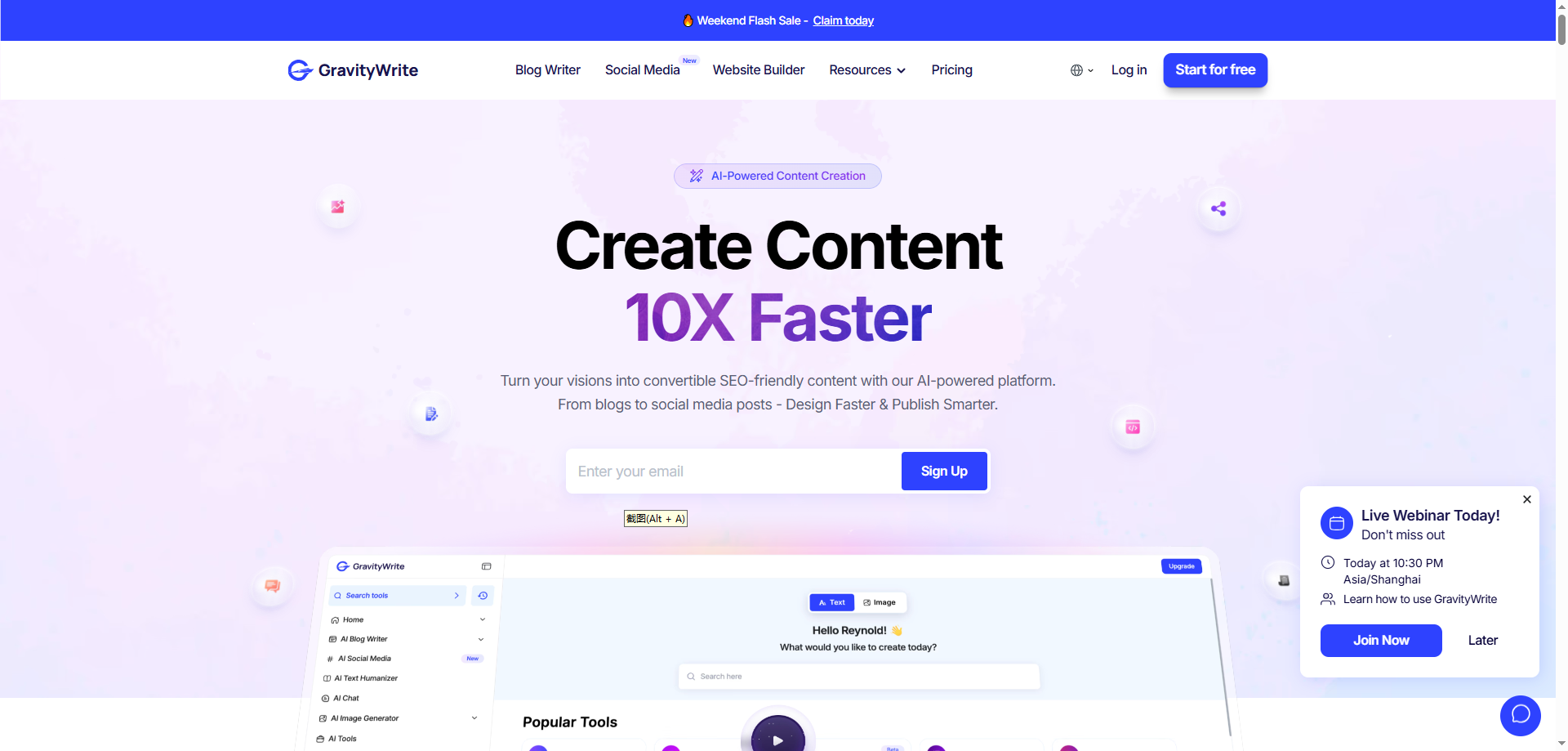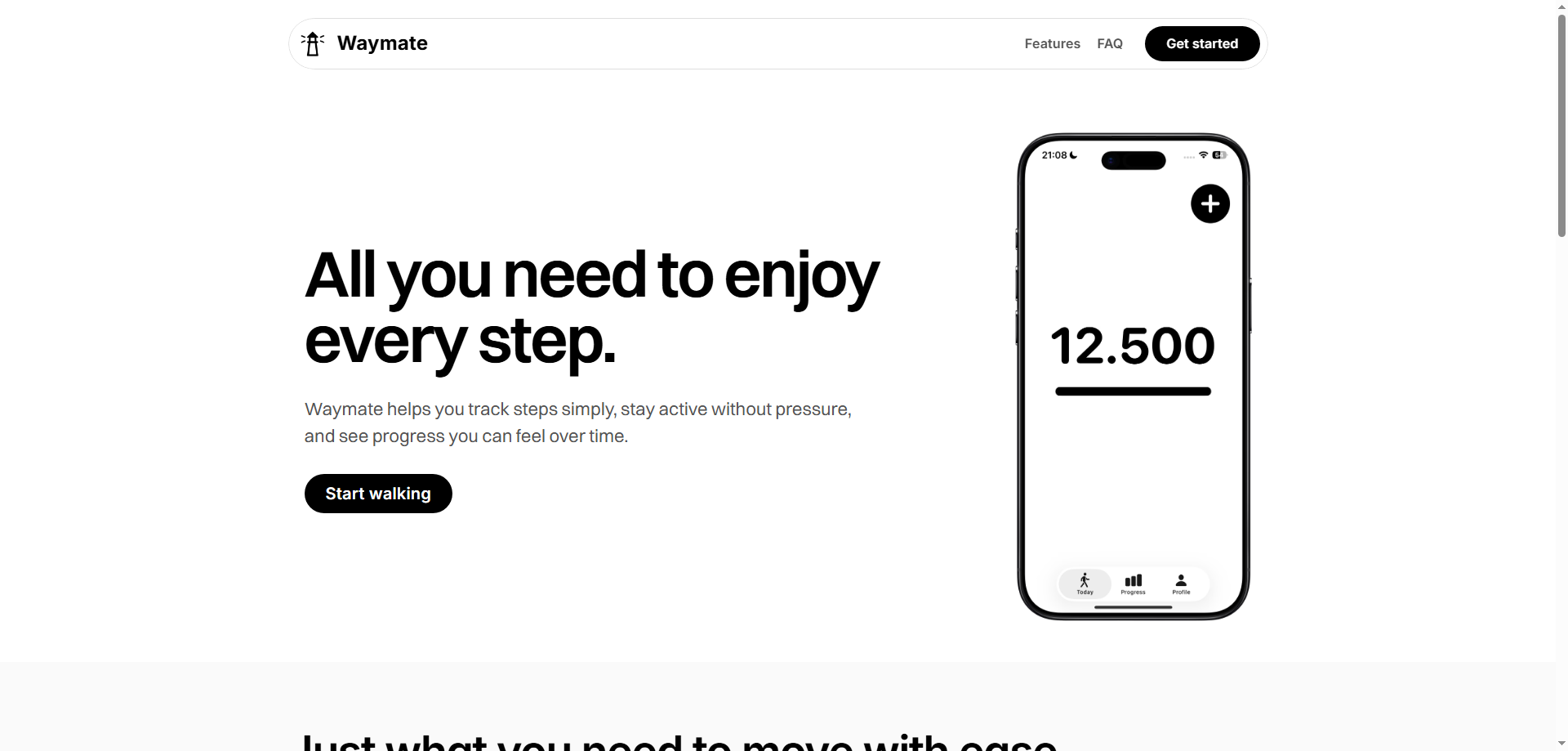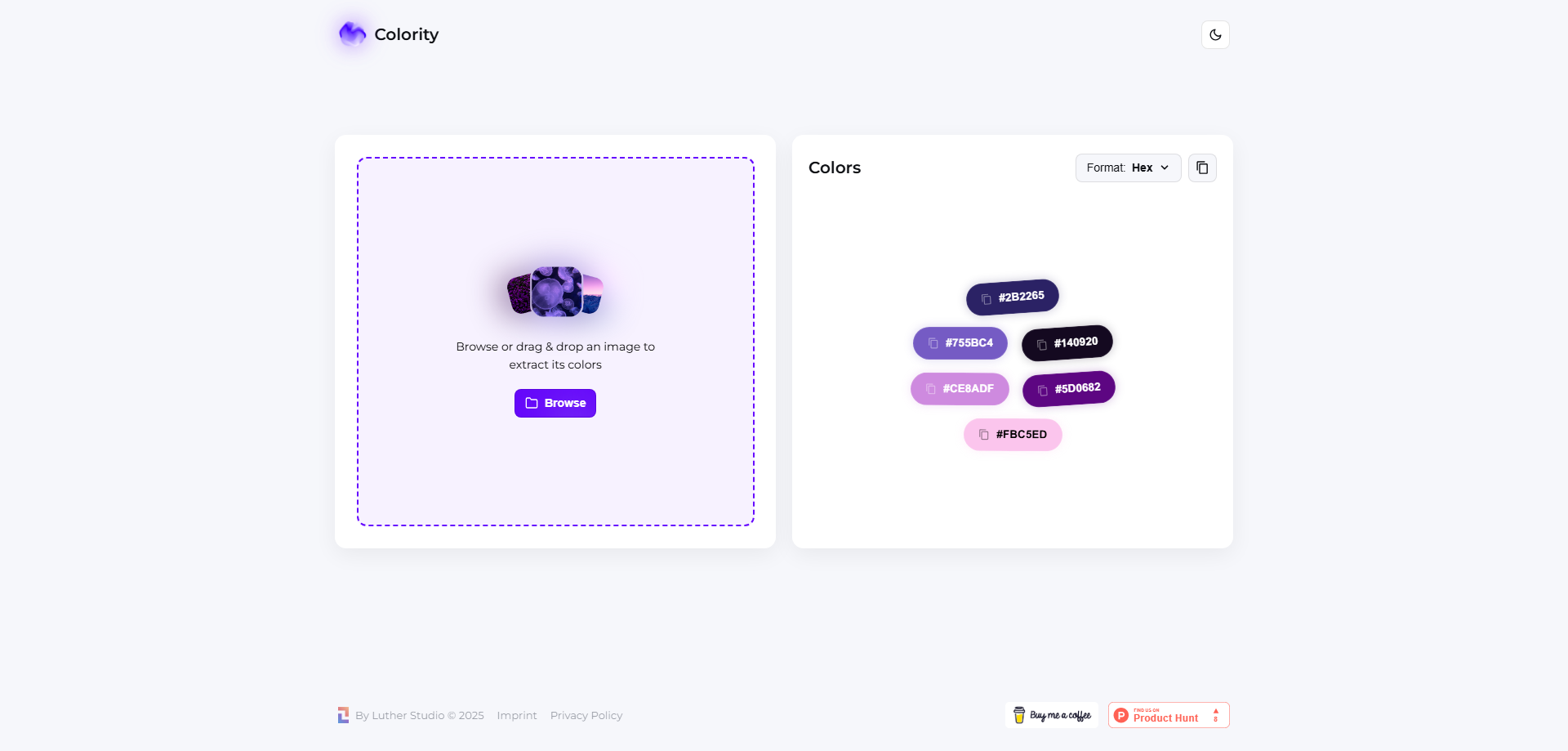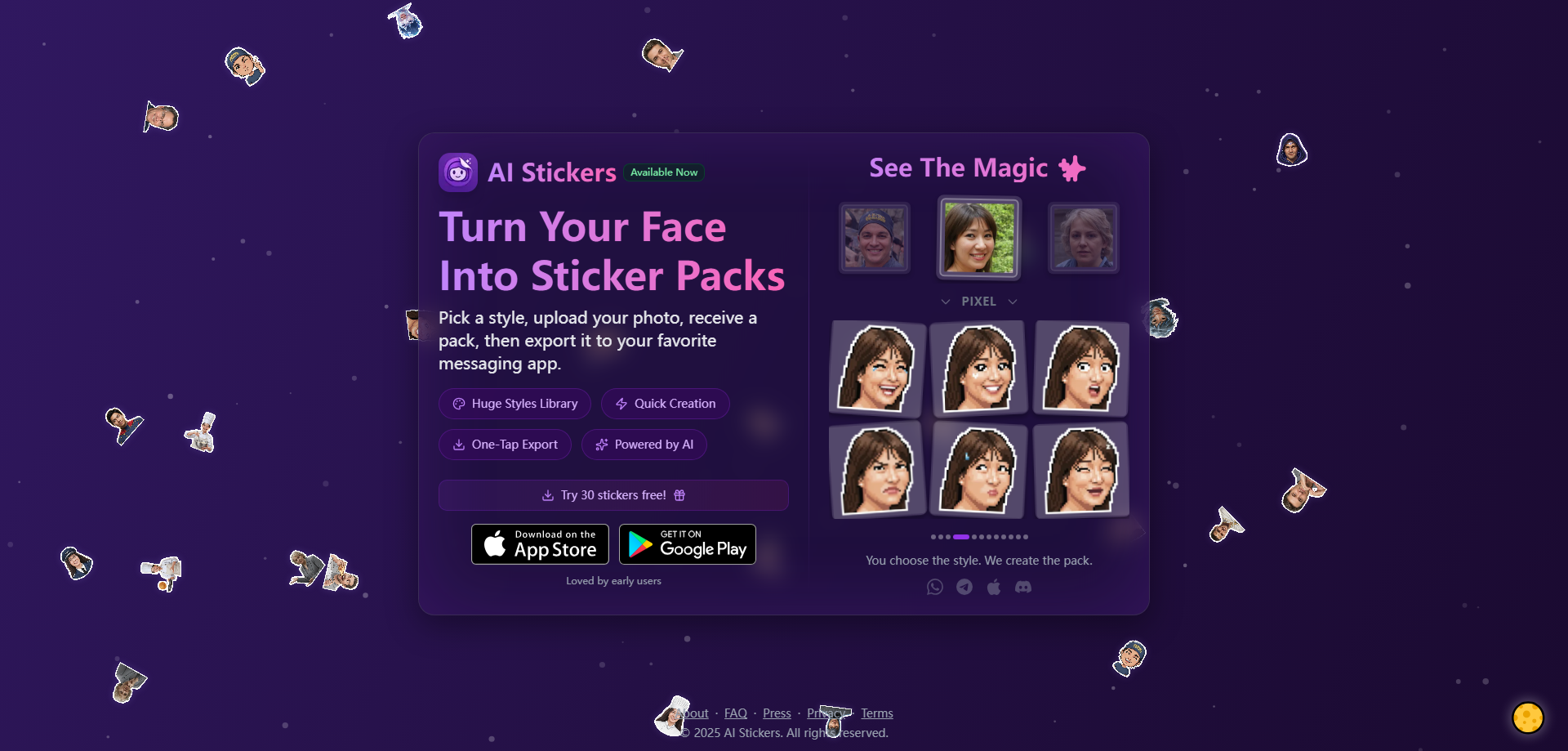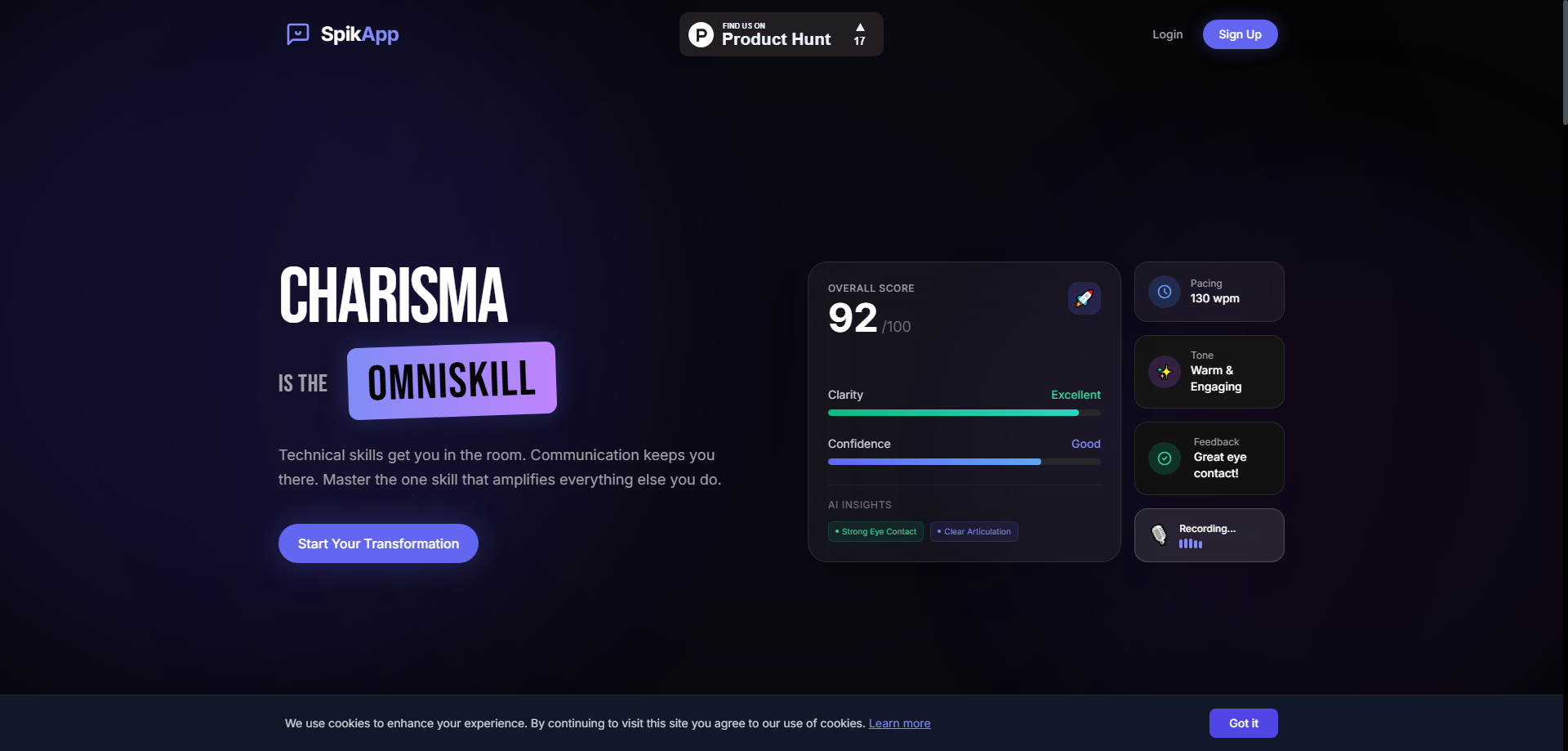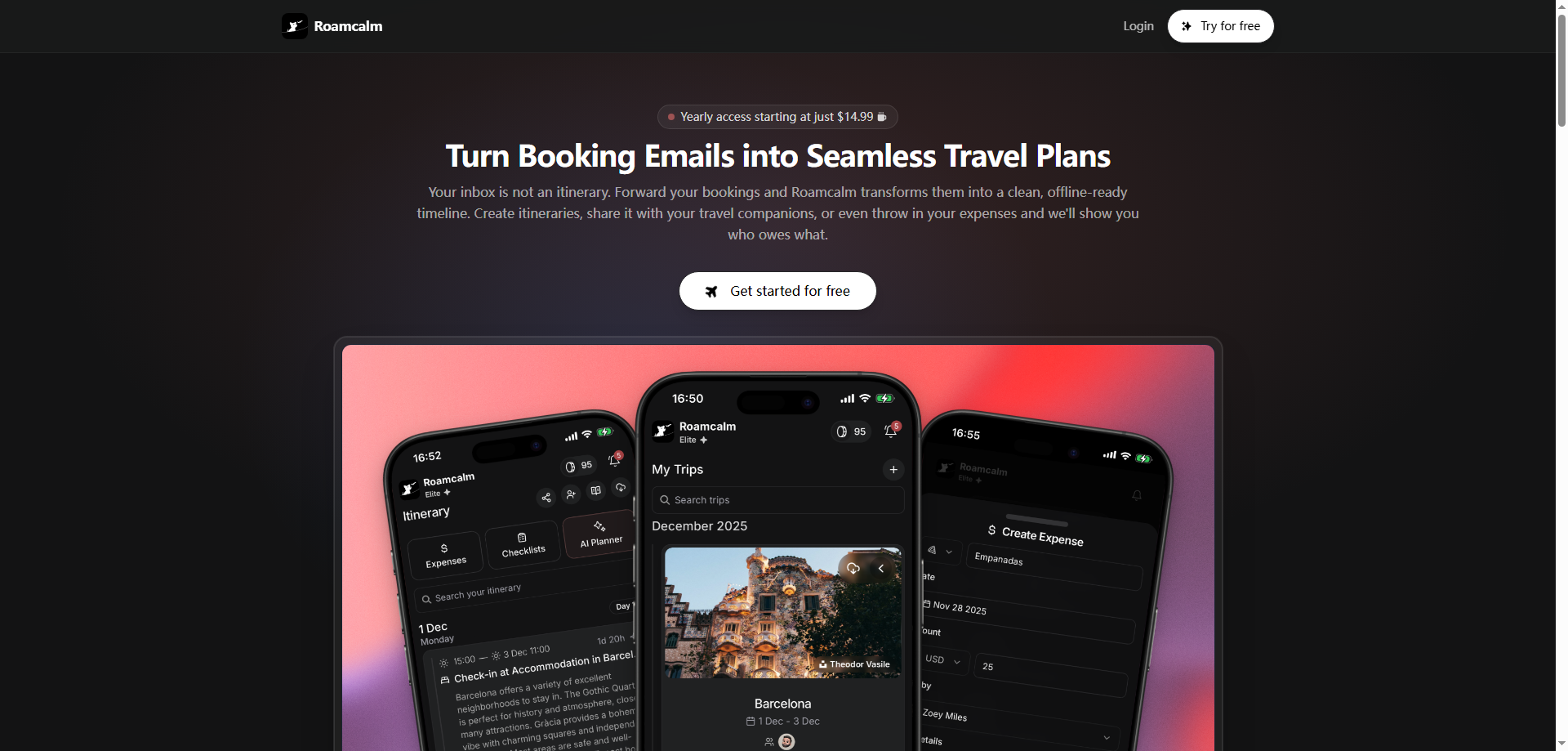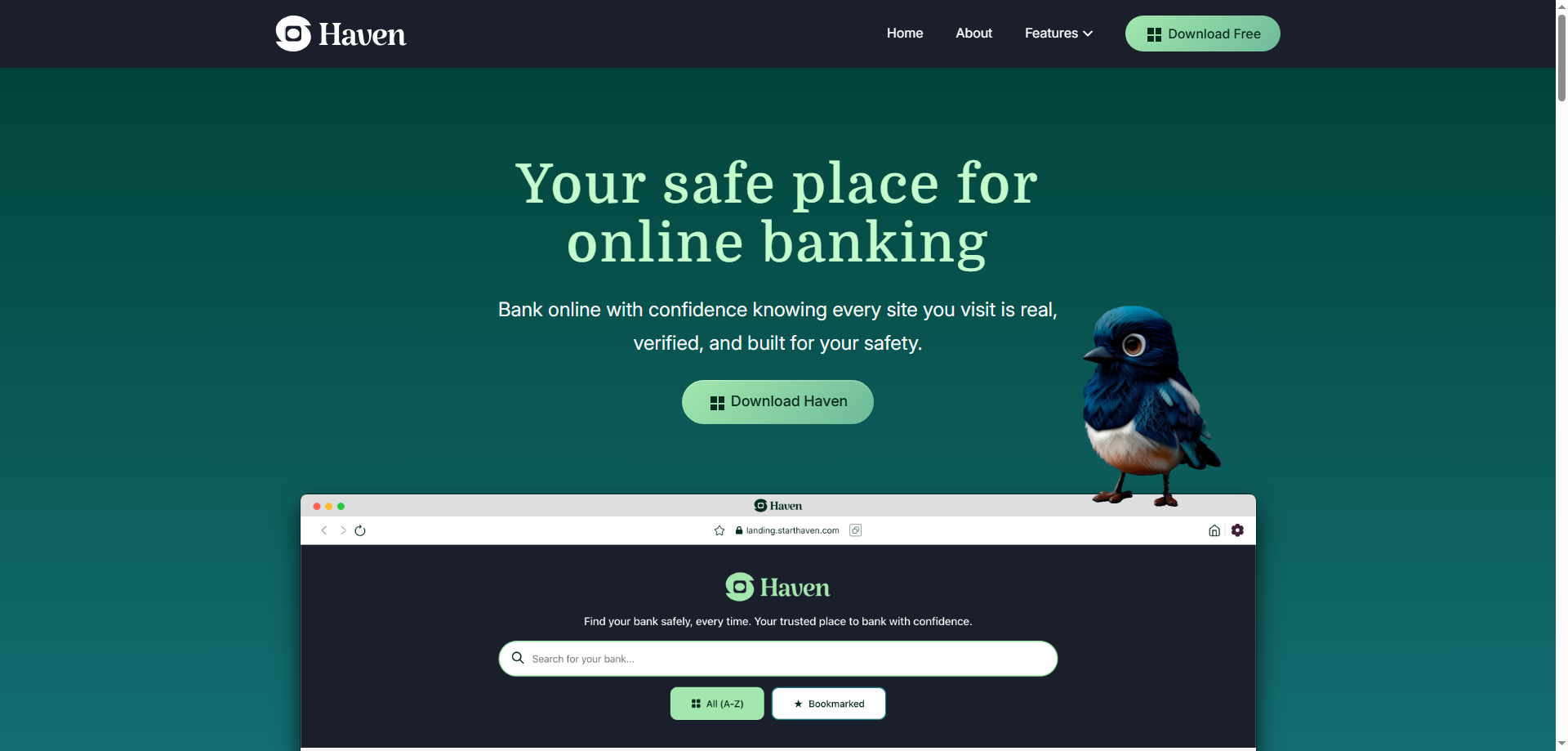GravityWrite: Streamlining Content Creation Through Advanced AI Technology
In the rapidly evolving digital content landscape, GravityWrite emerges as a comprehensive AI-powered writing assistant designed to transform how individuals and businesses approach content creation. This sophisticated platform leverages advanced natural language generation capabilities to enable users across various professional backgrounds to produce high-quality written content within minutes rather than hours, addressing the growing demand for efficient yet effective content production solutions.
Comprehensive Content Generation Platform
GravityWrite functions as an all-in-one content creation ecosystem that caters to diverse user needs through its extensive feature set. The platform's core strength lies in its ability to generate tailored content for bloggers, marketers, business owners, and content creators, eliminating the traditional barriers associated with writer's block, time constraints, and varying skill levels in content development.
The platform's approach to content creation centers on user accessibility and efficiency. Users simply input a topic or description, and the AI system generates relevant content based on the provided parameters. This streamlined process democratizes content creation by making professional-quality writing accessible to users regardless of their writing background or experience level.
Extensive Template Library and Customization Options
One of GravityWrite's distinguishing features is its comprehensive collection of over 250 AI templates, covering virtually every content type and format that modern digital marketing and communication require. These templates span across blog posts, social media content, advertisement copy, email marketing campaigns, product descriptions, and various business communication formats.
The platform's customization capabilities extend beyond basic content generation through its support for 25+ different tones and 30+ languages. This versatility enables users to maintain brand consistency across different markets and communication styles while adapting content for specific audiences and cultural contexts. The tone options range from professional and formal to casual and conversational, ensuring that generated content aligns with brand voice and target audience expectations.
Integrated Visual and Website Creation Capabilities
GravityWrite extends its functionality beyond text generation to include AI-powered image creation and website building capabilities. The AI image generation feature enables users to create unique visual content that complements their written materials, providing a complete content creation solution that addresses both textual and visual requirements.
The AI website builder represents a significant expansion of the platform's capabilities, allowing users to create entire websites using the same AI technology that powers their content generation. This integration provides a seamless workflow for users who need both content and web presence, eliminating the need for multiple tools and platforms.
SEO Optimization and Search Engine Performance
The platform places significant emphasis on search engine optimization through its specialized SEO blog writer feature. This functionality creates organized, search-engine-optimized blog posts on virtually any topic, incorporating relevant keywords, proper heading structure, and content organization that aligns with current SEO best practices.
GravityWrite's SEO capabilities extend beyond basic keyword integration to include comprehensive content structuring that considers search engine algorithms and user experience factors. This approach helps users create content that not only reads well for human audiences but also performs effectively in search engine rankings, supporting long-term organic visibility goals.
Diverse Use Case Applications
The platform's versatility makes it suitable for numerous content creation scenarios across different industries and business types. Blog post creation represents one of the primary use cases, with the AI capable of generating comprehensive articles on various topics while maintaining readability and engagement throughout extended content pieces.
Social media content generation addresses the constant demand for fresh, engaging posts across multiple platforms. The AI understands the unique requirements and character limitations of different social media channels, generating platform-appropriate content that maintains consistency with overall brand messaging.
Advertisement copy creation leverages the AI's understanding of persuasive writing techniques and marketing psychology to generate compelling promotional content. This capability proves particularly valuable for businesses running multiple advertising campaigns or testing various messaging approaches.
Email marketing campaign development benefits from GravityWrite's ability to create personalized, engaging email content that drives reader engagement and action. The platform can generate everything from welcome series to promotional campaigns, maintaining appropriate tone and messaging throughout customer communication sequences.
Quality Control and Content Refinement
Understanding that AI-generated content may not always meet specific requirements on the first attempt, GravityWrite incorporates flexibility through content regeneration and editing capabilities. Users can request alternative versions of generated content or manually refine output to better align with their specific needs and preferences.
This iterative approach to content creation ensures that users maintain control over their final output while leveraging AI efficiency for initial content development. The ability to regenerate content provides multiple options for users to choose from, increasing the likelihood of achieving desired results without extensive manual editing.
User Experience and Accessibility
The platform prioritizes user experience through its intuitive interface and straightforward content generation process. The simple input system requires only basic topic information or descriptions, making the platform accessible to users with varying levels of technical expertise and content creation experience.
GravityWrite's design philosophy emphasizes removing complexity from the content creation process while maintaining the sophistication necessary for professional-quality output. This balance makes the platform suitable for both individual content creators and larger organizations requiring scalable content production capabilities.
Multilingual Capabilities and Global Reach
The platform's support for over 30 languages positions it as a valuable tool for international businesses and content creators serving diverse markets. This multilingual capability extends beyond simple translation to include culturally appropriate content generation that considers linguistic nuances and regional communication preferences.
The language support feature enables businesses to maintain consistent messaging across global markets while adapting content for local audiences. This capability proves particularly valuable for companies expanding into new markets or serving multilingual customer bases.
Technical Infrastructure and Reliability
GravityWrite's underlying technology leverages advanced natural language processing and machine learning algorithms to understand context, maintain coherence, and generate relevant content across various topics and industries. The platform's technical infrastructure supports reliable content generation while maintaining quality standards across different content types and complexity levels.
The system's ability to handle diverse content requirements simultaneously makes it suitable for users with varying content needs, from simple social media posts to comprehensive blog articles and technical documentation.
Support and User Resources
The platform provides comprehensive support resources to help users maximize their content creation efficiency and achieve desired results. Customer service accessibility ensures that users can receive assistance when encountering challenges or seeking to optimize their use of the platform's capabilities.
Documentation and guidance resources help users understand best practices for input formulation, template selection, and content optimization, enabling them to achieve better results through informed platform usage.
GravityWrite represents a comprehensive approach to AI-powered content creation that addresses the diverse needs of modern digital content producers. Through its combination of extensive template options, customization capabilities, SEO optimization, and integrated visual content creation, the platform provides a complete solution for individuals and businesses seeking to scale their content production while maintaining quality and consistency. The platform's emphasis on user accessibility and iterative content refinement ensures that users can achieve professional results regardless of their initial writing expertise or experience level.
My Analysis: Identifying the Optimal GravityWrite Customer Segments Through Strategic Evaluation
After carefully examining GravityWrite's feature set and capabilities, I've identified several distinct customer segments that can derive significant value from this platform. Through my analysis, I've discovered that while GravityWrite positions itself as a universal writing solution, certain types of businesses and professionals are better positioned to leverage its 250+ templates and AI capabilities for meaningful competitive advantages.
Small Business Owners: Addressing Resource Constraints
In my assessment, small business owners represent GravityWrite's most suitable primary customer base. These entrepreneurs typically face the challenge of needing consistent content for marketing and communication while operating with limited budgets and time constraints. The platform's comprehensive template library directly addresses this operational gap.
Consider Maria, who owns a local fitness studio and needs to maintain an active online presence across her website, social media platforms, and email marketing campaigns. Before GravityWrite, she struggled to produce regular blog posts about fitness tips, create engaging social media content, and craft effective promotional emails. The platform's 25+ tone options allow her to maintain a motivational, encouraging voice across all content while the SEO blog writer helps her attract local clients searching for fitness guidance.
I've observed that small business owners like Maria particularly benefit from the AI website builder feature, which enables them to create professional web presence without hiring developers or learning complex technical skills. The ability to generate both written content and visual elements through a single platform significantly reduces the operational complexity that often overwhelms resource-constrained businesses.
Digital Marketing Agencies: Scaling Client Operations
My analysis reveals that digital marketing agencies managing multiple client accounts find exceptional value in GravityWrite's efficiency and template diversity. These agencies face constant pressure to produce varied content across different industries and brand voices while maintaining quality standards and meeting tight deadlines.
Take Robert, who manages a boutique digital marketing agency serving 12 clients across healthcare, legal, and retail sectors. Each client requires industry-specific content with appropriate tone and expertise levels. GravityWrite's extensive template collection enables his team to quickly generate initial drafts for blog posts, social media campaigns, and email marketing sequences. The 30+ language support proves particularly valuable for his clients targeting multilingual markets.
I've found that agencies like Robert's use GravityWrite most effectively as a starting point for content creation rather than a final solution. The platform's ability to regenerate content provides multiple options for customization, while the variety of tones helps maintain distinct brand voices across different client accounts.
E-commerce Businesses: Product Marketing at Scale
Through my evaluation, I've identified e-commerce businesses as highly suitable GravityWrite users, particularly those managing extensive product catalogs requiring consistent descriptions, promotional content, and customer communication. The platform's template variety directly supports the diverse content needs of online retail operations.
Consider Jennifer, who operates three e-commerce stores selling home decor, outdoor equipment, and kitchen appliances. She leverages GravityWrite to create product descriptions, category page content, promotional email campaigns, and blog posts that support SEO and customer education. The AI image generation feature helps her create supplementary visual content for products that lack professional photography.
I've observed that e-commerce businesses like Jennifer's benefit significantly from the platform's ad copy generation capabilities. She can quickly create variations for Facebook ads, Google ads, and promotional banners, then test different messaging approaches to optimize conversion rates across her product lines.
Freelance Content Creators: Productivity Enhancement
My research indicates that freelance content creators and copywriters find GravityWrite valuable for increasing productivity and handling diverse client requirements. These professionals often work across multiple industries and content types, making the platform's template variety particularly appealing.
I've analyzed the case of David, a freelance copywriter serving technology startups, professional services firms, and consumer brands. He uses GravityWrite to generate initial drafts for various content types, from technical blog posts to social media campaigns. The platform's ability to switch between different tones and styles helps him adapt quickly to varying client brand voices and target audiences.
Freelancers like David particularly appreciate the time-saving aspect of AI-generated initial drafts, which they then customize and refine based on their expertise and client feedback. However, I've noticed that successful freelancers use the platform as a productivity tool rather than a replacement for their creative and strategic input.
Social Media Managers: Multi-Platform Content Creation
Through my analysis, I've found that social media managers handling multiple accounts or brands benefit from GravityWrite's efficiency in generating platform-specific content. These professionals need to maintain consistent posting schedules while adapting content for different social media platforms and audience preferences.
Consider Lisa, who manages social media accounts for eight different brands across Instagram, Facebook, LinkedIn, and Twitter. She uses GravityWrite's templates to generate initial content ideas, then adapts the output for each platform's unique requirements and audience expectations. The variety of tone options helps her maintain distinct brand personalities across different accounts.
I've observed that social media managers like Lisa find the platform most valuable for overcoming creative blocks and maintaining consistent content production. The ability to quickly generate multiple content variations provides options for A/B testing and ensures continuous engagement with followers.
International Businesses: Multilingual Content Needs
My evaluation reveals that businesses operating in multiple markets find significant value in GravityWrite's 30+ language support. These organizations need consistent messaging across different regions while adapting content for local cultural preferences and language nuances.
Take Michael, who leads marketing for a software company expanding into European and Asian markets. He uses GravityWrite to create localized versions of marketing materials, blog posts, and customer communications. The platform's multilingual capabilities enable his team to maintain consistent brand messaging while adapting content for different cultural contexts.
I've found that international businesses like Michael's benefit from the platform's ability to generate culturally appropriate content in multiple languages, though I recommend human review for accuracy and cultural sensitivity, particularly for important business communications.
Content Marketing Teams: Systematic Content Production
Through my research, I've discovered that established companies with dedicated content marketing teams use GravityWrite to systematize their content production processes. These teams often need to produce large volumes of content while maintaining quality standards and brand consistency.
Consider Sarah, who leads content marketing for a B2B software company. Her team uses GravityWrite to generate initial drafts for weekly blog posts, monthly whitepapers, and ongoing social media content. The SEO blog writer feature helps ensure their content targets relevant keywords and follows optimization best practices.
I've observed that content marketing teams like Sarah's integrate GravityWrite into their editorial workflows as a research and drafting tool. The platform helps them overcome initial writing barriers and maintain consistent publication schedules while allowing human expertise to guide strategic direction and final quality.
Startup Companies: Resource Optimization
My analysis indicates that early-stage startups with limited resources find GravityWrite valuable for establishing professional communication and marketing presence without hiring specialized personnel. These companies often need diverse content types but lack the budget for dedicated content creators.
I've studied the example of Kevin, whose fintech startup needs to produce technical blog posts, investor communications, customer support content, and marketing materials. GravityWrite enables his small team to create professional content across these diverse requirements while focusing their human resources on product development and customer acquisition.
Startups like Kevin's benefit from the platform's comprehensive feature set, which eliminates the need for multiple specialized tools during their resource-constrained early stages.
My Assessment of Optimal versus Problematic Users
Based on my comprehensive analysis, I've concluded that GravityWrite works best for users who need to produce large volumes of content across multiple formats and platforms. The platform's strength lies in its template variety and efficiency rather than creative excellence or highly specialized expertise.
However, I've also identified user types who might find GravityWrite limiting. Businesses requiring highly technical or specialized content, creative agencies prioritizing original artistic expression, or organizations with complex compliance requirements might find the platform's automated approach insufficient for their needs.
The most successful GravityWrite users I've observed treat the platform as a productivity enhancement tool rather than a complete content solution. They leverage AI generation for initial drafts and ideas while applying human expertise for strategic direction, fact-checking, and quality refinement.
My analysis suggests that GravityWrite fills a specific market need for businesses and professionals who understand the value of consistent content production but lack the resources or expertise to create content entirely through traditional methods. For this target audience, the platform provides genuine operational advantages that justify the investment while enabling scalable content operations that support business growth objectives.
My Comprehensive Guide to Testing GravityWrite: Strategic Evaluation with Critical Risk Assessment
Having tested numerous AI writing platforms, I want to share my systematic approach to evaluating GravityWrite while highlighting the potential risks and limitations you should understand before committing time or money to this tool. My experience has taught me that while AI writing assistants can provide value, they also carry significant risks that users often discover too late.
Starting Your GravityWrite Testing Process
I recommend beginning your evaluation by clearly defining your specific content needs before signing up. Write down exactly what types of content you need to create, how frequently, and what quality standards you require. This baseline helps you objectively assess whether GravityWrite meets your actual needs rather than being impressed by flashy features you might not use.
When you first access the platform, I suggest starting with their simplest templates rather than jumping into complex features like the AI website builder. Test basic blog post generation, social media content, and ad copy creation to understand the baseline quality before exploring advanced functionality.
Systematic Content Quality Assessment
The most critical aspect of my testing protocol involves rigorously evaluating content quality and accuracy. Generate several pieces of content within your area of expertise and carefully examine them for factual errors, logical inconsistencies, and depth of understanding. I've found that AI writing tools often produce content that sounds impressive initially but lacks substance or contains subtle inaccuracies.
Test the platform's understanding of your industry by generating content about technical topics, recent developments, or specialized subjects within your field. Pay particular attention to whether the AI demonstrates genuine knowledge or simply combines generic information with industry keywords.
I strongly recommend fact-checking every piece of generated content, especially any statistics, claims, or technical information. AI platforms frequently generate convincing-sounding but completely fabricated data that could damage your credibility if published without verification.
Template Variety vs. Quality Trade-off
While GravityWrite boasts 250+ templates, I advise testing whether quantity translates to quality. Generate content using multiple templates for the same type of content and evaluate whether different templates produce meaningfully different results or merely reformat the same generic information.
Test the platform's tone options across various templates to determine if the 25+ tones produce genuinely different voices or superficial variations. In my experience, many AI platforms claim extensive customization options that amount to minor word substitutions rather than authentic tone changes.
SEO Claims Verification
GravityWrite claims to help improve SEO efforts through organized, search-engine-optimized content. I recommend testing these claims by generating content for keywords you're currently targeting and analyzing the results with independent SEO tools like SEMrush or Ahrefs.
Evaluate whether the platform's SEO optimization goes beyond basic keyword insertion to include proper heading structure, semantic keyword usage, and content organization that actually serves user intent. Many AI tools promote outdated SEO practices focused on keyword density rather than user value.
AI Image Generation and Website Builder Testing
When testing the AI image generation feature, evaluate both quality and relevance. Generate images for various topics and assess whether they provide genuine value or appear generic and disconnected from your content. Consider whether the image quality meets your professional standards and brand requirements.
The AI website builder requires particularly careful evaluation. Test whether the generated websites are genuinely functional, mobile-responsive, and professionally designed, or merely basic templates with AI-generated content inserted. I've found that many AI website builders create sites that look acceptable initially but lack the functionality and polish necessary for professional use.
Multilingual Capabilities Assessment
If you need content in multiple languages, thoroughly test GravityWrite's multilingual capabilities beyond basic functionality. Generate content in languages you understand and evaluate accuracy, cultural appropriateness, and natural language flow. AI translation and generation often struggle with cultural nuances and idiomatic expressions.
Have native speakers review content generated in languages you don't speak fluently, as automated translation quality can vary dramatically between language pairs and content types.
Critical Risk Areas You Must Consider
The most significant risk I've identified involves over-reliance on AI-generated content without sufficient human oversight. AI writing tools can produce content that appears professional but lacks the authenticity, expertise, and unique insights that distinguish valuable content from generic information.
Content originality represents another major concern. While GravityWrite may generate unique text, the ideas, structure, and information often derive from common sources, potentially creating content that adds little value to existing online information. This approach could harm your brand's authority and search engine rankings over time.
I want to emphasize the risk of publishing AI-generated content without thorough editing and fact-checking. AI platforms can confidently present incorrect information, outdated data, or inappropriate recommendations that could create legal, professional, or reputational problems for your business.
Brand Voice and Authenticity Challenges
Test whether GravityWrite can actually capture and maintain your authentic brand voice across different content types. Generate multiple pieces of content and evaluate whether they sound like they came from your organization or could have been written by any business in your industry.
Many AI platforms claim to offer brand voice customization but actually provide only surface-level adjustments that don't reflect the deeper personality, values, and expertise that distinguish your brand from competitors.
Technical Limitations and Dependencies
During testing, evaluate the platform's reliability and performance under realistic usage conditions. Test content generation during different times of day and assess whether the platform maintains consistent quality and speed during peak usage periods.
Consider the implications of becoming dependent on an AI platform for your content creation. If the service experiences technical problems, changes pricing, or alters functionality, you could face significant disruption to your content operations.
Financial and Subscription Risk Assessment
Carefully review GravityWrite's pricing structure and terms of service during your testing period. Calculate the true cost of generating the volume of content you need, including any usage limits or additional charges that might apply as your needs grow.
I recommend testing the cancellation process and understanding exactly what you lose access to if you decide to discontinue the service. Some platforms make it difficult to export your generated content or maintain access to previously created materials.
Quality Control and Editorial Workflow Testing
Test how well GravityWrite's regeneration and editing features work in practice. Generate content, request alternatives, and evaluate whether the platform provides meaningfully different options or minor variations of the same approach.
Assess whether the editing capabilities enable you to refine AI-generated content to meet your standards or whether the content requires complete rewriting to achieve professional quality.
Integration and Workflow Compatibility
If you plan to integrate GravityWrite into existing content workflows, test how well the platform exports content to your other tools and systems. Evaluate whether the generated content maintains proper formatting when transferred to your content management system or publishing platforms.
Warning Signs and Red Flags
Watch for several warning signs during testing that indicate potential problems. If you find yourself consistently needing to extensively edit or rewrite generated content, this suggests the platform may not provide the efficiency benefits it promises.
Be concerned if the AI generates content that contains obvious factual errors, inappropriate recommendations, or advice that contradicts established best practices in your industry. These issues indicate fundamental problems with the AI's training or understanding.
My Honest Assessment and Recommendations
Based on my experience testing AI writing platforms, I recommend approaching GravityWrite with realistic expectations about its capabilities and limitations. While the platform may provide useful starting points for content creation, it's unlikely to replace the need for human expertise, creativity, and editorial oversight.
Use your testing period to honestly assess whether the platform genuinely improves your content creation process or merely shifts time from writing to editing and fact-checking. Many users find that the time saved in initial content generation is offset by the additional effort required for quality control and refinement.
I suggest viewing GravityWrite as a potential tool to supplement your content creation process rather than a complete solution. The most successful users typically combine AI generation with significant human input to ensure content quality, accuracy, and authenticity.
Before committing to any AI writing platform, consider whether investing in content creation skills, hiring experienced writers, or using simpler tools might better serve your long-term content strategy and brand development goals.
My testing approach emphasizes critical evaluation over marketing claims because the success of your content strategy depends on quality, authenticity, and value rather than volume or generation speed. Use this testing period to determine whether GravityWrite enhances or compromises these essential elements of effective content marketing.
My Critical Analysis of GravityWrite: Core Functions, Major Limitations, and Superior Alternatives
After thoroughly testing and evaluating GravityWrite, I've developed a comprehensive understanding of where this platform succeeds and where it significantly falls short. While GravityWrite markets itself as a comprehensive AI writing solution, my analysis reveals a tool that attempts to cover too many functions without excelling in any particular area, leading to mediocre performance across its claimed capabilities.
Core Functionality Assessment: Mixed Results at Best
I'll start with what GravityWrite does adequately. The platform does generate functional content across multiple formats, and the 250+ templates provide a wide variety of starting points for different content types. The basic content generation works for simple use cases, producing text that reads coherently and maintains reasonable structure.
The multilingual support covering 30+ languages functions at a basic level, though I've found the quality varies dramatically depending on the language pair and content complexity. For major languages like Spanish, French, and German, the output is generally comprehensible, but cultural nuances and idiomatic expressions often get lost in translation.
The tone variation feature provides some flexibility in adjusting writing style, though I've observed that many of the 25+ tones produce only superficial differences rather than genuinely distinct voices. The variations often amount to minor word substitutions rather than authentic tone changes that would reflect different brand personalities or communication styles.
Critical Flaws and Fundamental Limitations
The most concerning issue I've identified involves the overall quality and depth of generated content. GravityWrite consistently produces generic, surface-level content that lacks the insight, expertise, and unique perspective that distinguish valuable content from filler material. The platform appears designed for quantity over quality, which contradicts current best practices in content marketing and SEO.
The SEO blog writer claims to create "organized, Search-Engine-Optimized" content, but my testing reveals that this optimization amounts to basic keyword stuffing and formulaic content structure. The platform doesn't demonstrate understanding of search intent, user experience factors, or the nuanced approach to SEO that modern search engines require.
The AI website builder represents one of GravityWrite's weakest features. The generated websites lack professional design quality, mobile optimization, and the functional sophistication that businesses need for credible online presence. I've found the websites to be essentially basic templates with AI-generated content inserted, rather than thoughtfully designed web properties.
The AI image generation capability produces low-quality visuals that rarely meet professional standards. The images often appear generic, poorly composed, and disconnected from the content they're supposed to support. For businesses requiring professional visual content, this feature provides little value.
Template Quantity vs. Quality Issues
While GravityWrite boasts 250+ templates, I've discovered that many templates produce remarkably similar output with only minor variations in structure or wording. This artificial inflation of template numbers creates an illusion of variety without delivering meaningful diversity in content approaches or styles.
The templates often guide users toward formulaic content creation that results in predictable, unoriginal output. Rather than inspiring creative content development, the extensive template library can actually constrain thinking and lead to homogenized content that fails to distinguish brands from their competitors.
Superior Content Generation Alternatives
For content generation, I consistently recommend Jasper as a more sophisticated alternative. Jasper's content quality surpasses GravityWrite significantly, with better understanding of context, industry-specific knowledge, and brand voice consistency. Their Boss Mode feature enables more complex content creation workflows that GravityWrite cannot match.
Copy.ai provides superior creative capabilities with more intuitive interfaces and better long-form content generation. Their content quality requires less editing than GravityWrite's output, and their pricing model offers better value for most users.
ChatGPT Plus combined with well-crafted prompts often produces better content than GravityWrite while offering more flexibility and control over the generation process. The ability to engage in conversational refinement provides significant advantages over GravityWrite's static template approach.
Claude Pro excels at producing nuanced, well-researched content that maintains consistency and demonstrates genuine understanding of complex topics. For users prioritizing content quality over template variety, Claude represents a superior choice.
Specialized SEO and Website Building Solutions
For SEO content creation, Surfer SEO provides far more sophisticated optimization capabilities than GravityWrite's basic keyword insertion. Surfer's content analysis and optimization recommendations are based on actual SERP analysis rather than generic SEO assumptions.
Frase combines content research with AI generation more effectively than GravityWrite's simplistic approach. Their content optimization provides actionable insights that actually improve search performance rather than following outdated SEO practices.
For website building, Webflow offers professional design capabilities that far exceed GravityWrite's basic template approach. While requiring more initial learning, Webflow enables truly custom, professional websites that reflect brand identity effectively.
WordPress with modern page builders like Elementor or Divi provides infinitely more customization and professional capability than GravityWrite's AI website builder, while offering long-term scalability and ownership of your web presence.
Professional Image Generation Alternatives
Midjourney produces significantly higher quality AI-generated images with better artistic control and style consistency than GravityWrite's basic image generation. The quality difference is substantial enough to justify separate subscriptions for visual content needs.
DALL-E 3 integrated with ChatGPT Plus provides better image generation with more precise prompt following and higher resolution outputs than GravityWrite's image capabilities.
Canva's AI features offer better integration with overall design workflows, providing not just image generation but comprehensive visual content creation that GravityWrite cannot match.
Integrated Platform Alternatives
For users seeking all-in-one solutions, Notion AI provides content generation integrated with superior project management and collaboration features. Their approach to AI assistance feels more natural and useful than GravityWrite's template-heavy methodology.
Simplified offers content generation, design tools, and social media management in a more cohesive package than GravityWrite's collection of mediocre features, with better individual tool quality and more intuitive workflows.
GetResponse provides email marketing with AI writing assistance that surpasses GravityWrite's email template approach, while including professional email automation and analytics that GravityWrite lacks.
Budget-Conscious Alternatives
Rytr offers similar content generation capabilities at significantly lower costs than GravityWrite, with comparable output quality and more transparent pricing structures.
QuillBot excels at paraphrasing and content improvement, often providing better value for content optimization than GravityWrite's regeneration features.
Grammarly's AI writing features provide content generation combined with superior editing and optimization capabilities, often producing more polished final content than GravityWrite's output.
My Assessment of Fundamental Problems
The most concerning aspect of GravityWrite involves its "jack-of-all-trades, master-of-none" approach to AI content creation. By attempting to provide website building, image generation, SEO optimization, and content creation through a single platform, GravityWrite delivers mediocre performance across all functions rather than excellence in any particular area.
The platform's emphasis on template quantity over content quality reflects a fundamental misunderstanding of what creates effective content marketing. Successful content requires unique insights, expertise, and authentic brand voice that template-based generation cannot provide.
The marketing claims about SEO optimization appear designed to attract users without delivering meaningful search engine benefits. The basic keyword insertion and formulaic content structure that GravityWrite promotes could actually harm search rankings rather than improve them.
My Final Recommendations
Based on comprehensive analysis, I cannot recommend GravityWrite over available alternatives in any specific use case. Users seeking content generation will find better quality through Jasper, Copy.ai, or even ChatGPT Plus. Those needing SEO optimization should choose Surfer SEO or Frase. Website building requirements are better served by Webflow or WordPress with modern page builders.
The AI content creation landscape offers numerous alternatives that excel in specific areas rather than attempting GravityWrite's unfocused approach. Users achieve better results by choosing specialized tools that excel in their particular needs rather than accepting GravityWrite's mediocre performance across multiple functions.
For businesses serious about content marketing, I recommend investing in tools that prioritize quality over quantity and provide genuine value in specific areas rather than attempting to solve every content need through a single, mediocre platform.
My experience suggests that successful content marketing requires combining the right specialized tools with human expertise and strategic thinking. GravityWrite's template-heavy approach fundamentally misunderstands this requirement, making it unsuitable for businesses seeking to create meaningful, effective content that serves their audience and achieves marketing objectives.
